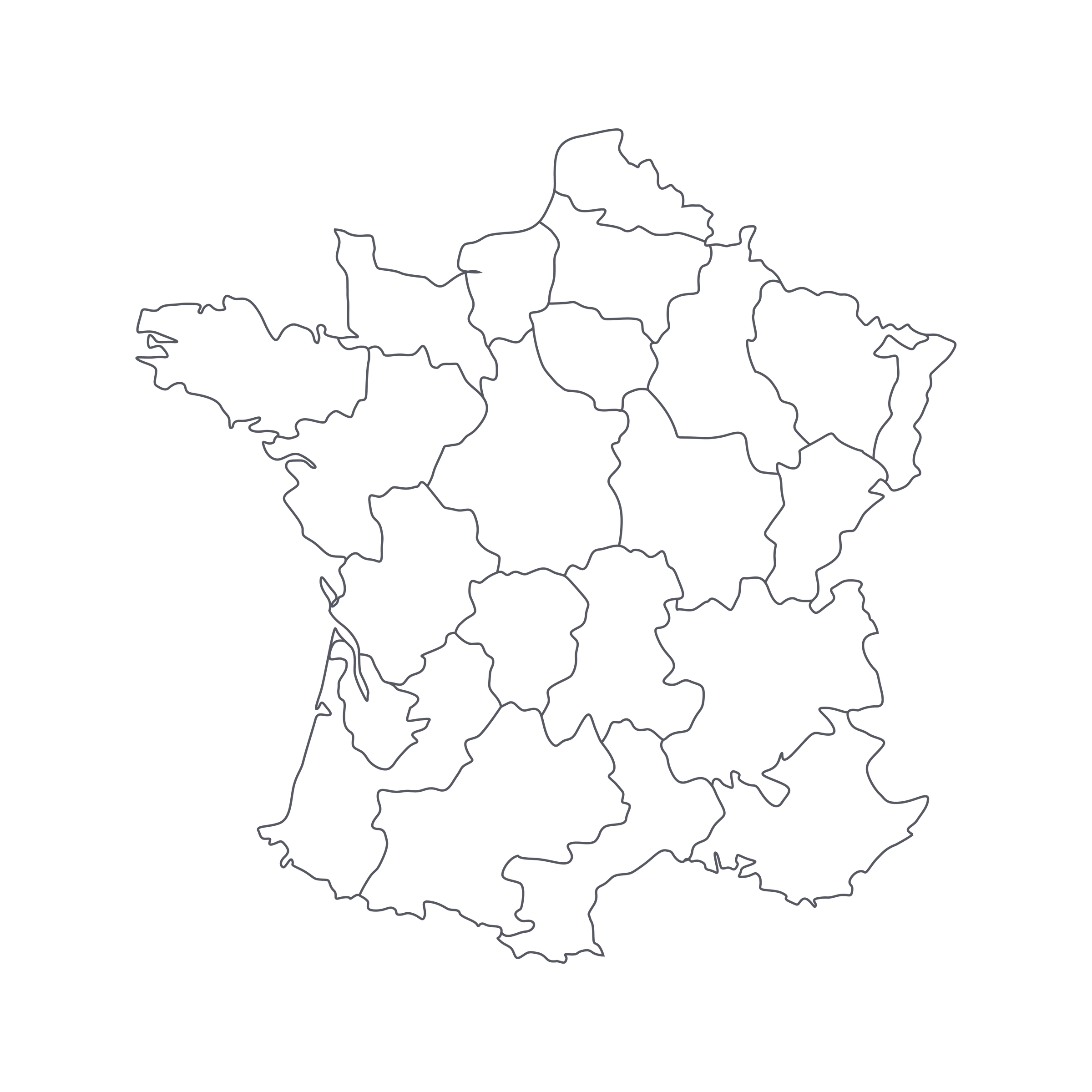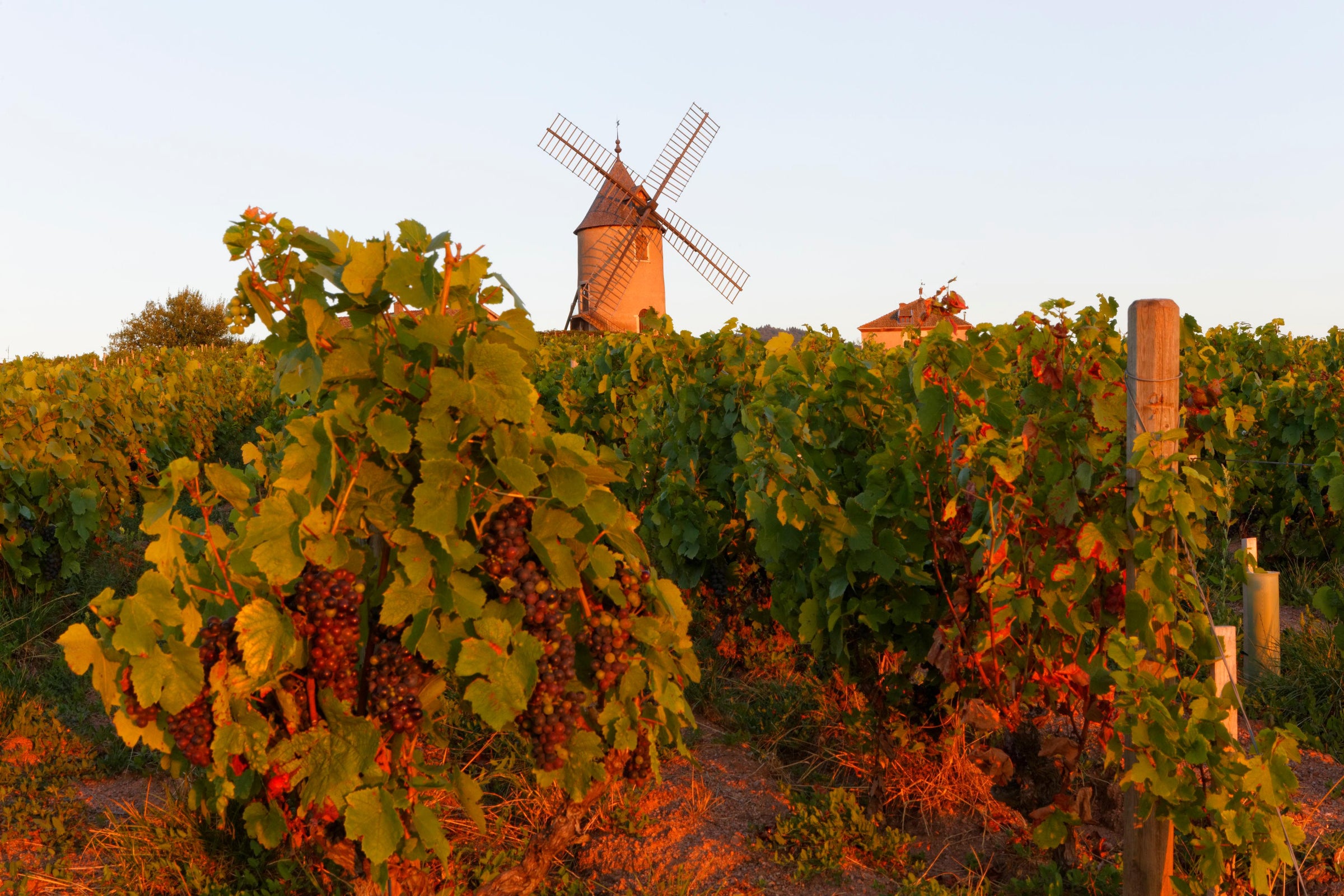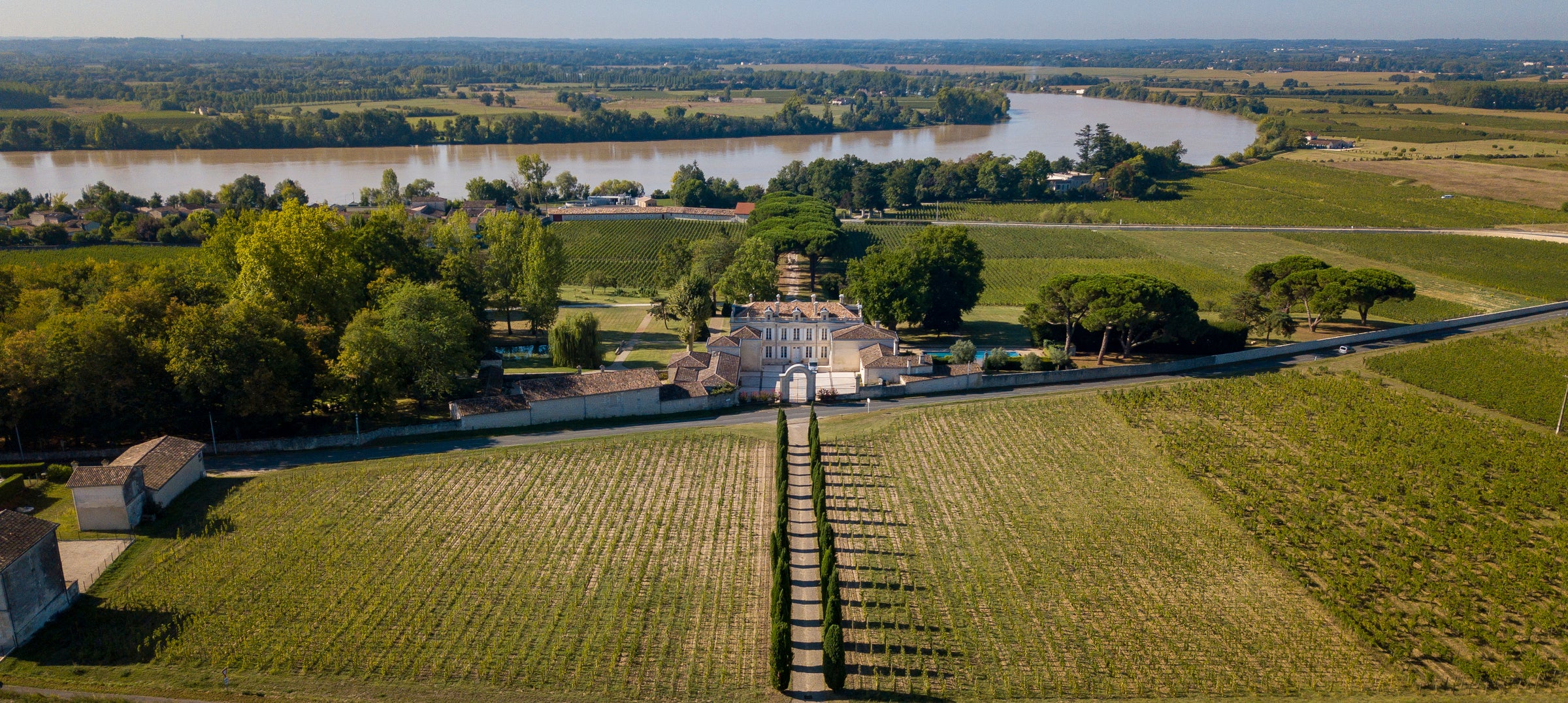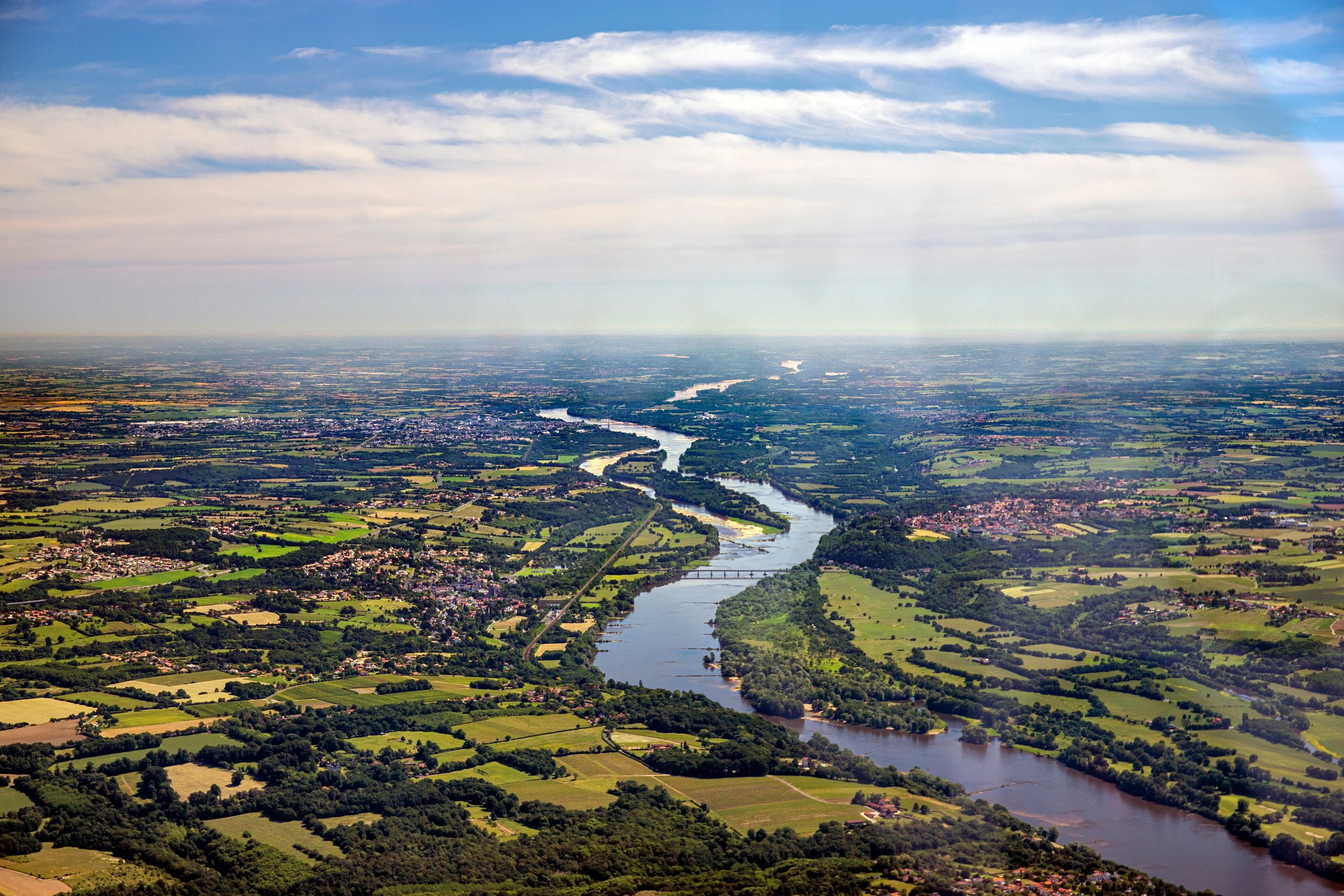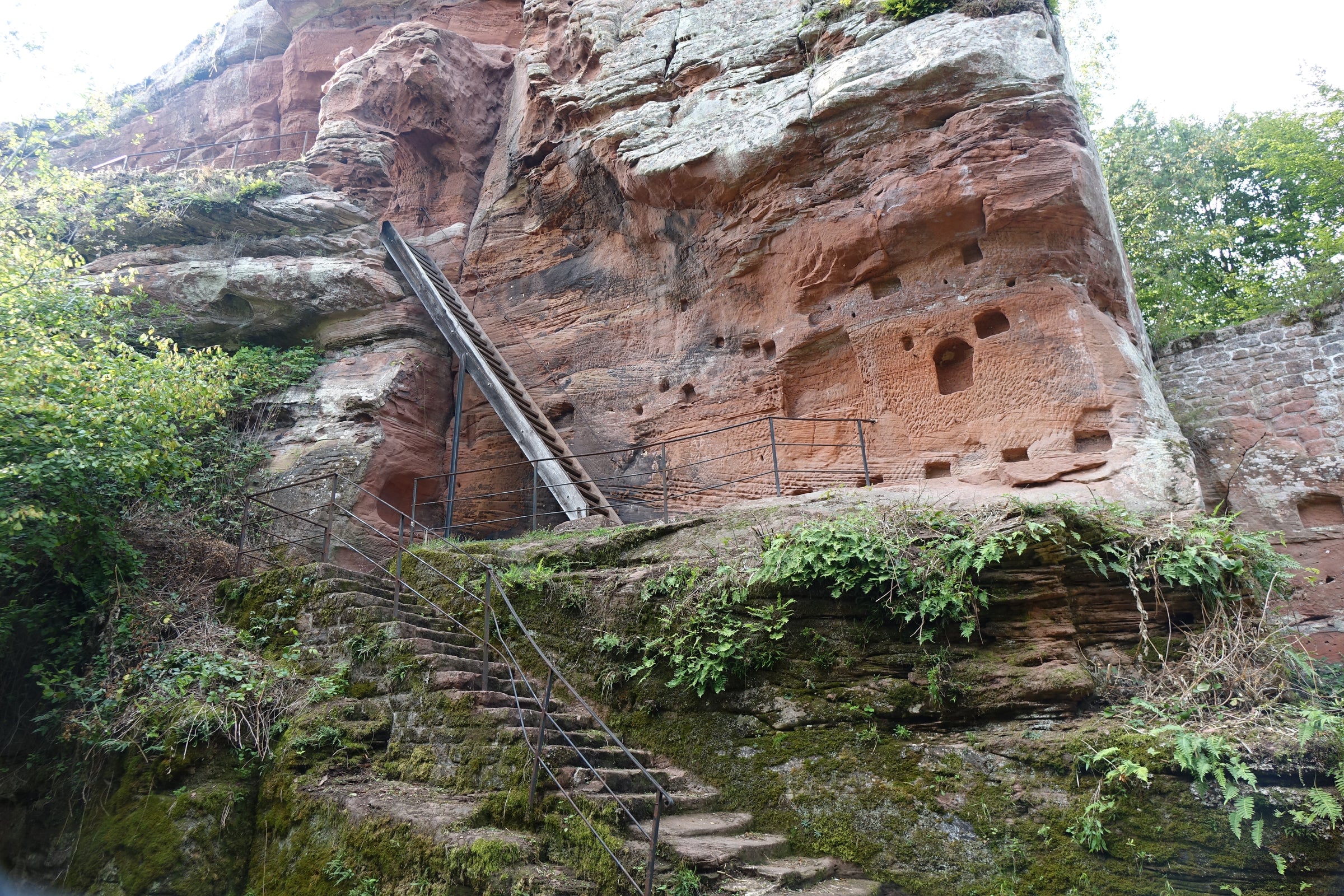Given how much good Sancerre there is out there, and how well-known the appellation is, you’d think it would be easy for us to select them to offer here. But it’s not. In fact, it’s more difficult to sort through such a developed category to find the true standouts. That said, choosing Pastou’s “Côte du Sury” was easy.
Sometimes you find the right key on the first try, and this wine unlocks everything that’s special about Sancerre—most notably the palpable minerality derived from the region’s complex soils. The two major types, limestone and flint, are vividly represented in this 2019, a wine of both straightforward pleasure and sneaky profundity. Do you like your white wine to teem with refreshing acidity? This teems. And do you believe that the best wines apply a magnifying glass to the soils they’re grown in? This magnifies. There’s no such thing as ‘been-there-done-that’ with a legendary appellation like Sancerre—there’s always an opportunity, like today, to discover its greatness all over again!
“Côte du Sury” refers to the slope on which Domaine Pastou’s vineyards are perched, in the hamlet of Sury-en Vaux. Situated northwest of Sancerre, these are some of the highest-elevation plantings in the appellation, with significant age to them as well—about 40 years, on average, for this bottling. As you’ve likely heard here and elsewhere, Sancerre has three distinct soil types across the appellation: silex (flint); terres blanches (the pure Kimmeridgian limestone also found in Chablis); and caillotes (a more gravelly, sandy limestone). Pastou’s vineyard sources for this wine are kind of a cocktail of all three, and the wine does indeed display both chalky and flinty qualities on the palate—its melding of crisp, citrusy fruit and tactile minerality really makes your mouth water.
Today’s 2019 was fermented and aged in stainless steel, spending some time on its fine lees before being bottled unfined and unfiltered. It is brimming with energy right now, with loads of perfume and a beautiful finesse to it. This is what we talk about when we talk about “terroir”: You’ve just read that this wine comes from high-elevation vines in a cool climate, from soils of chalky limestone and flint. Now taste the wine—could the confirmation be any more certain? In the glass, it’s a medium straw-gold with hints of silver and green, with highly perfumed scents of white grapefruit, lime zest, kumquat, crushed chalk, green herbs, struck match, and wet stones. It is medium-bodied and racy as all get-out, ready to be enjoyed with salads, seafood, or if you really want to dive headlong into Sancerre culture, the classic goat’s milk cheese called Crottin de Chavignol. I think I’ve seen this cheese on the table of every Sancerre producer I’ve ever visited, and now I know why: It’s the perfect partner to Sancerre wine. Check out the attached riff on a restaurant-world staple and pull the cork on a bottle of Pastou. It’s not a new idea, just a really good one. Cheers!


